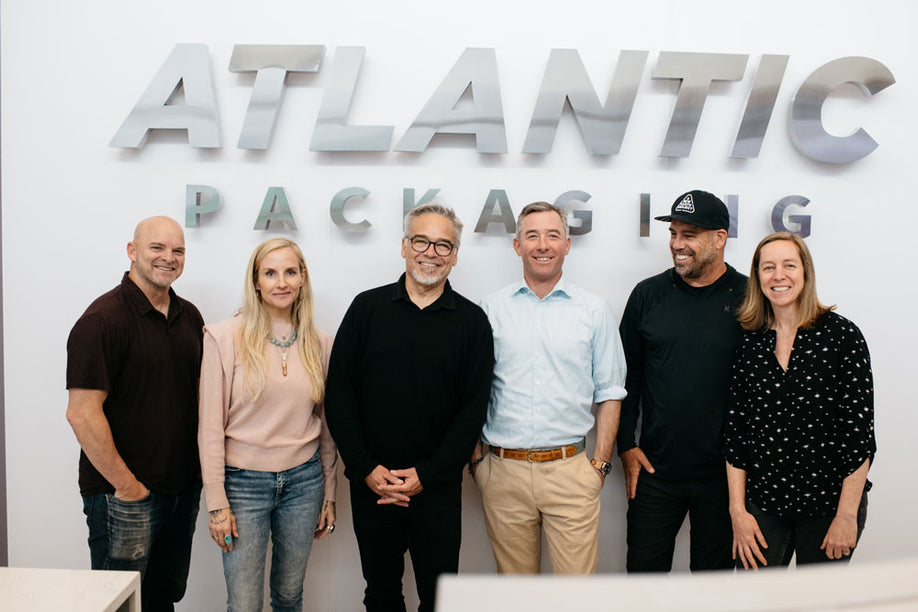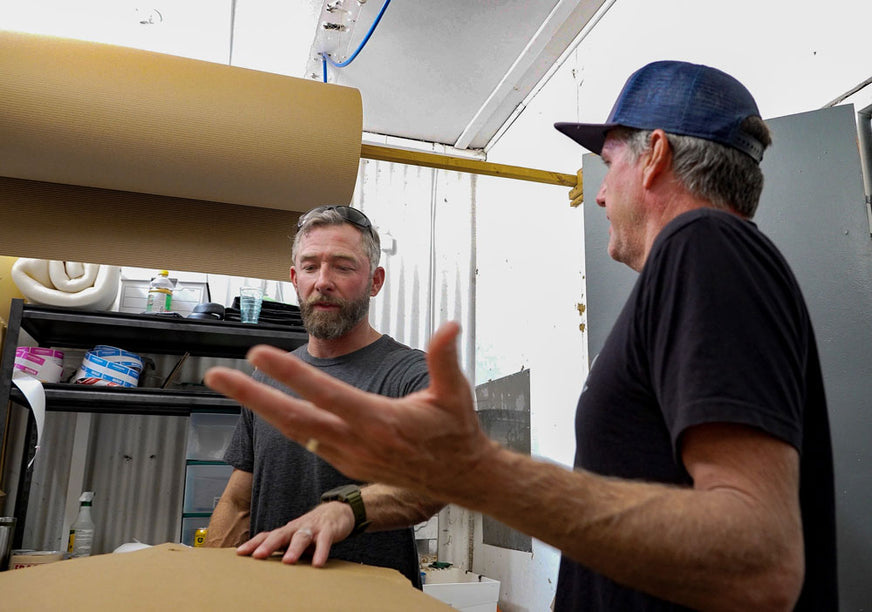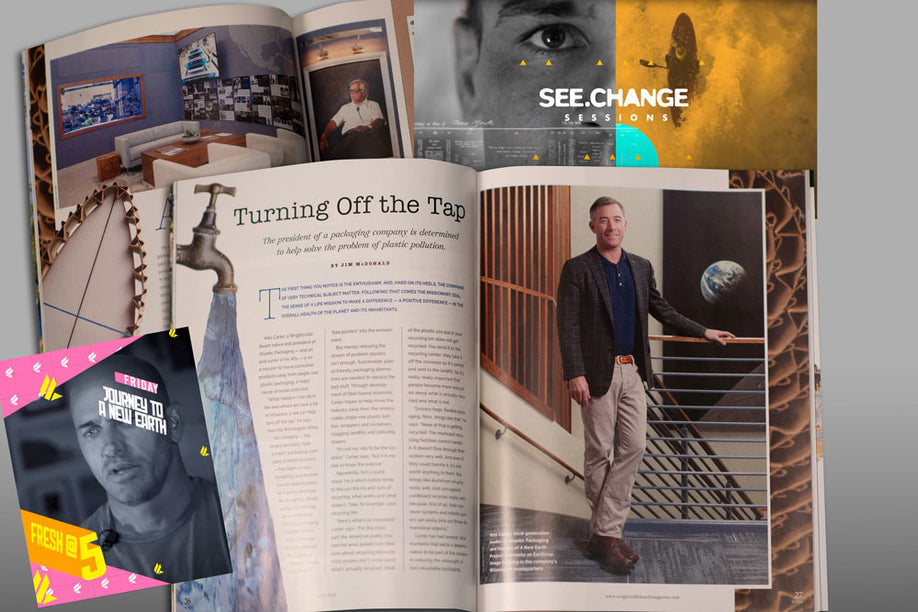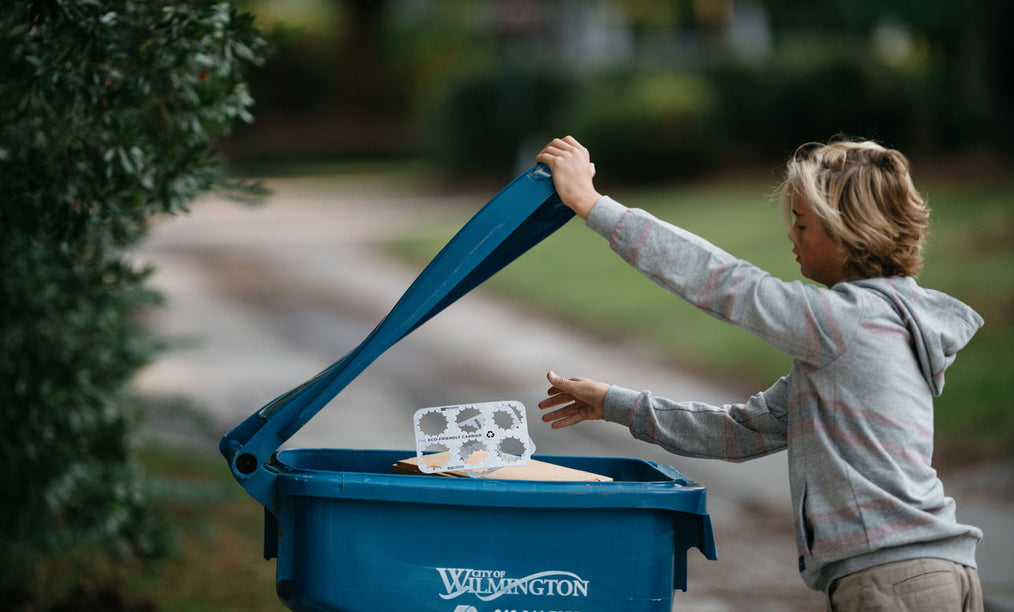In our previous post, we provided a concise overview of the 5 Essentials of a Highly Functional Recycling System. This post summarized the Recycling Partnership's latest comprehensive report on the gap between the current state of our recycling system and where it needs to be. For those needing a refresher, we encourage you to review it here.
Today, we delve deeply into what is arguably the most crucial of the five essentials, which is somewhat surprisingly listed last in the report: viable end markets.
 For clarity, end markets are those that enable producers to purchase recycled materials at a cost comparable to or lower than that of acquiring new, virgin materials. When end markets function effectively, it represents a significant win-win for all stakeholders, including the environment.
For clarity, end markets are those that enable producers to purchase recycled materials at a cost comparable to or lower than that of acquiring new, virgin materials. When end markets function effectively, it represents a significant win-win for all stakeholders, including the environment.
The absence of viable end markets for the materials we collect renders the time, resources, and energy we invest in recycling them a tremendous waste. Regrettably, this is currently the case for many materials that end up in our blue bins.
Market viability hinges on both the quality and price of recycled materials, and how these factors compete with the cost of new materials. Various factors influence these costs and quality, from the total energy required to the number of steps needed to prepare the material for the market. More steps typically entail higher costs, as each step's facilitator must be compensated fairly. Without this balance, the market system collapses.
Aluminum stands out as having a viable market chiefly because it is significantly cheaper for manufacturers to buy recycled aluminum than to invest in acquiring new aluminum. The energy savings alone ensure the market's viability. Additionally, aluminum can be recycled endlessly, with virtually no limit to the number of times it can be reused, provided it is collected and sorted correctly.
 Cardboard and paper also boast strong recycling markets, thanks to well-developed recycling processes and consistent demand, particularly in packaging. As for plastics, the most viable types are PET and HDPE, which are used in containers and packaging. Both can be processed efficiently if properly collected and sorted.
Cardboard and paper also boast strong recycling markets, thanks to well-developed recycling processes and consistent demand, particularly in packaging. As for plastics, the most viable types are PET and HDPE, which are used in containers and packaging. Both can be processed efficiently if properly collected and sorted.
Unfortunately, many plastics lack viable end markets. Worse still, many of these plastics bear the chasing arrows symbol, misleading consumers into thinking they are recyclable in the blue bin—they are not.
Materials like polystyrenes, polypropylenes, and various flexible plastics (a category that continues to expand) are nearly impossible to recycle in a market-viable manner at this point. However, it's also true that, in terms of food protection, these materials play a critical environmental role, as preventing food spoilage or damage carries significant environmental benefits that must be considered.
Yet, outside of food protection, the use of such materials should be limited due to their potential environmental harm when they escape proper waste management systems, which happens all too frequently worldwide.
 As states like California, Maine, Colorado, and Oregon implement their revised recycling laws based on Extended Producer Responsibility, the emphasis is on encouraging companies to transition as much of their packaging as possible to materials with viable end markets. The goal is to establish viable, stable, and demand-driven markets that are robust and efficient.
As states like California, Maine, Colorado, and Oregon implement their revised recycling laws based on Extended Producer Responsibility, the emphasis is on encouraging companies to transition as much of their packaging as possible to materials with viable end markets. The goal is to establish viable, stable, and demand-driven markets that are robust and efficient.
With this shift underway, it is crucial for businesses to begin auditing their current packaging materials. In the near future, materials that are not considered viably recyclable or compostable will incur additional fees. These fees aim to reduce their competitiveness while funding the scalability of a system that prioritizes more sustainable options.
Whether you're ready to adapt to this new reality now or prefer to wait until it becomes unavoidable, we are here to assist.








